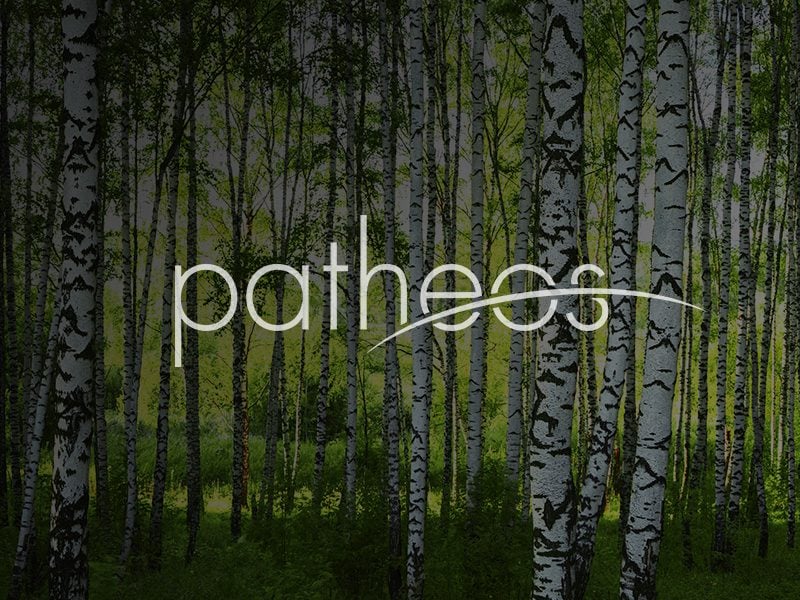My friend and former student Stephen Long sends along this quotation from Augustine and brief analysis that follows. The excerpt is from Augustine’s Sermon 187, a Christmas sermon. The portion in quotation marks is from Augustine, the paragraph at the end from Stephen. “When he took human limbs to himself, after all, he did not abandon his divine works; nor did he stop reaching mightily from end to end, and disposing all things sweetly. When he clothed himself with the... Read more
















